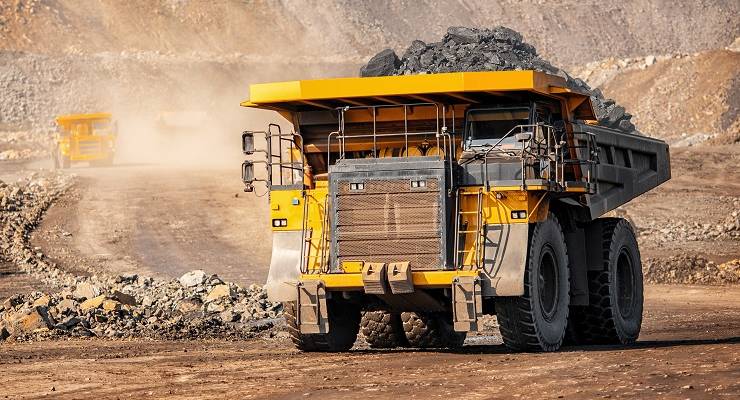
While the global surge in coal prices is set to significantly push up east coast electricity prices, the pain won’t be equally shared. Because of their reliance on coal exports, NSW and Queensland face higher prices than other states. And the impact is already being felt.
New research by Johanna Bowyer of the Institute for Energy Economics and Financial Analysis reveals that Victorian, Tasmanian and South Australian households will be somewhat shielded from the global coal price rise. For the two smaller states it’s because of the higher level of renewables in their energy mix. In the case of Victoria, its reliance on brown coal, which is not exported, has meant it has had the lowest average wholesale price in the first quarter of 2022.
According to Bowyer, wholesale electricity prices rose 141% in the first quarter compared with the first quarter of 2021, to $87 a megawatt hour (MWh) — reversing the down price trend until last year that was driven by the growth of cheap renewable energy. The rise was propelled by the global spike in coal prices created by Russia’s threats to, and then invasion of, Ukraine.
Newcastle thermal coal futures increased six-fold over the year to March, reaching $600 a tonne. LNG prices have increased by a similar magnitude.
Queensland and NSW are particularly exposed to high international coal prices because they rely on black coal, meaning households and businesses wear the cost of high black coal prices while miners enjoy high export revenue.
In the first quarter of the year, Queensland wholesale prices reached $150/MWh; second was NSW at $87/MWh. In South Australia the wholesale price was $71/MWh, in Tasmania $70/MWh, and in Victoria just $57/MWh.
NSW and Queensland haven’t been able to benefit from lower prices in other parts of the east coast market due to transmission capacity constraints. They have also suffered from coal-fired power generator outages, with generator availability 3% lower in the quarter.
The growing unreliability of coal-fired power doesn’t just increase prices and weigh down company balance sheets; it could lead to much earlier exits by generator owners.
As Bowyer explains: “A generator facing both reduced profitability and repairs that require significant investment to repair may not find it worthwhile to restart. This raises the prospect of unexpected exits by coal generators — which, history shows, creates a heightened level of discomfort for the Australian government.”
The only effective way to minimise the risk of higher prices and unexpected exits is to transition away from fossil fuel reliance — at the generator level and the household level. That, of course, requires a government that believes in climate science.








“ and the household level.”
You’d require legislation for that. Home owners provide themselves with solar panels to cut their own power bills, but they don’t bother providing their investment properties with them. Why help renters? They only exist to pay your mortgage off for you until the time comes to sell and realise your lovely capital gain.
Solar panels come with certificates which you sell to someone else who wants to pollute. You may save money, but you handball the filth on, not prevent it. And renters can always buy Greenpower.
A relentlessly rising coal price is exactly what we do want if we are serious about zeroising fossil fuels by 2050. But let’s not hide from the fact that we must as relentlessly pressurise gas prices. Let’s be vigilant when any of our companions make excuses for a little bit of gas. If we think we are limiting industry to just a little bit of gas, we are like the smiling fool riding the tiger – we are doomed to ride inside, and the smile will be on the face of the tiger.
I don’t think export coal price has a massive impact on wholesale electricity prices. A lot of Queensland stations have life of plant contracts or their own mines. Plenty of other factors at play right now though. Still more than a month til Callide C4 is supposed to be back.
Er, but don’t we own lots of coal? Shouldn’t we service our own needs before allowing private business to sell the rest overseas?
This piece makes one ponder the conversation around leather saddle sales back in 1900.